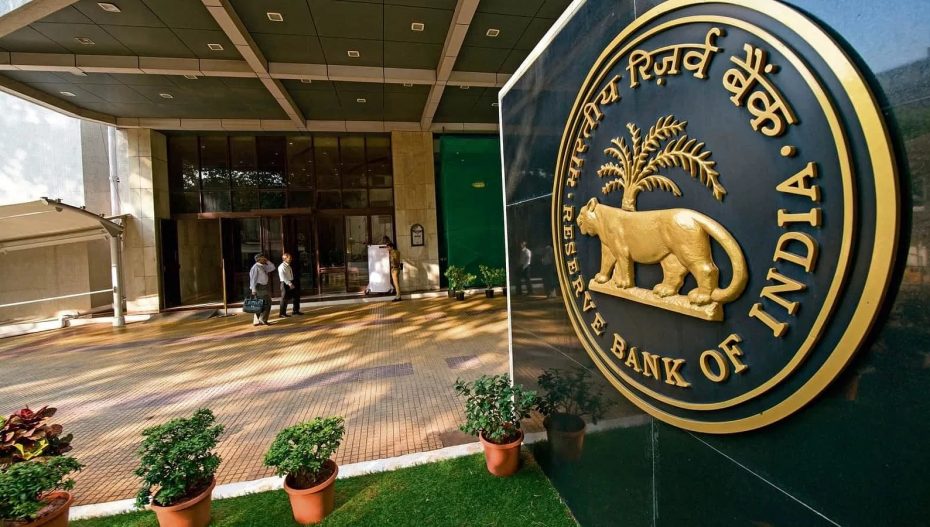The Reserve Bank of India on Tuesday released the “Trend and Progress of Banking in India 2020-21” report.
The report showcases the overall performance of the banking sector which includes co-operative banks and NBFCs- Non banking financial institutions during 2020-21 and 2021-22 so far.
Main Highlights of the report:
- Consolidated balance sheets of scheduled commercial banks (SCBs) expanded in size, notwithstanding the pandemic and the resultant contraction in economic activity. So far, nascent signs of recovery are visible in credit growth. Deposits grew by 10.1 per cent at end-September 2021 as compared with 11.0 per cent a year ago.
- Capital to risk weighted assets (CRAR) ratio of SCBs strengthened from 14.8 per cent at end-March 2020 to 16.3 per cent at end-March 2021 and further to 16.6 per cent at end-September 2021, partly aided by higher retained earnings, recapitalisation of public sector banks (PSBs) and capital raising from the market by both PSBs and private sector banks (PVBs).
- SCBs’ gross non-performing assets (GNPA) ratio declined from 8.2 per cent at end-March 2020 to 7.3 per cent at end-March 2021 and further to 6.9 per cent at end-September 2021.
- Return on assets (RoA) of SCBs improved from 0.2 per cent at end-March 2020 to 0.7 per cent at end-March 2021, aided by stable income and decline in expenditure.
- Even though initiation of fresh insolvency proceedings under the Insolvency and Bankruptcy Code (IBC) was suspended for a year till March 2021, it constituted one of the major modes of recovery in terms of amount recovered.
- The balance sheet growth of urban co-operatives banks (UCBs) was driven by deposits, while subdued credit growth led to acceleration in investments. Their financial indicators, including capital position and profitability, improved.
- The profitability of state co-operative banks and district central co-operative banks improved in 2019-20, while their asset quality deteriorated.











